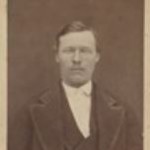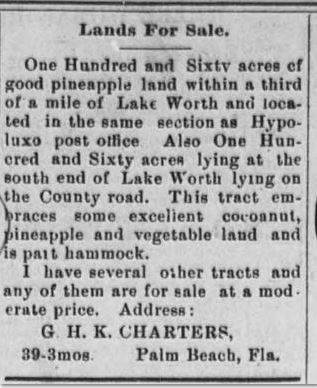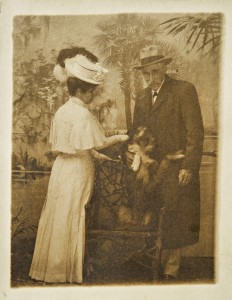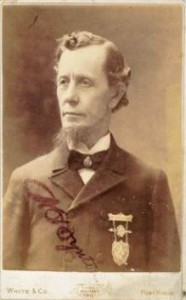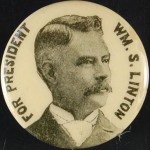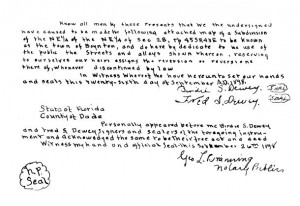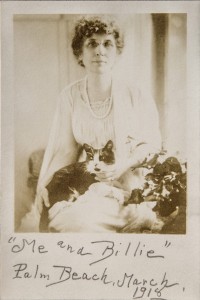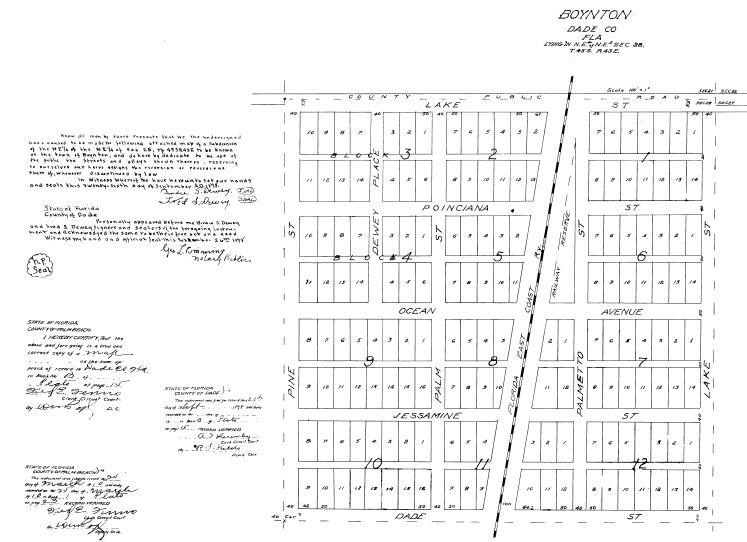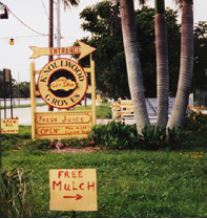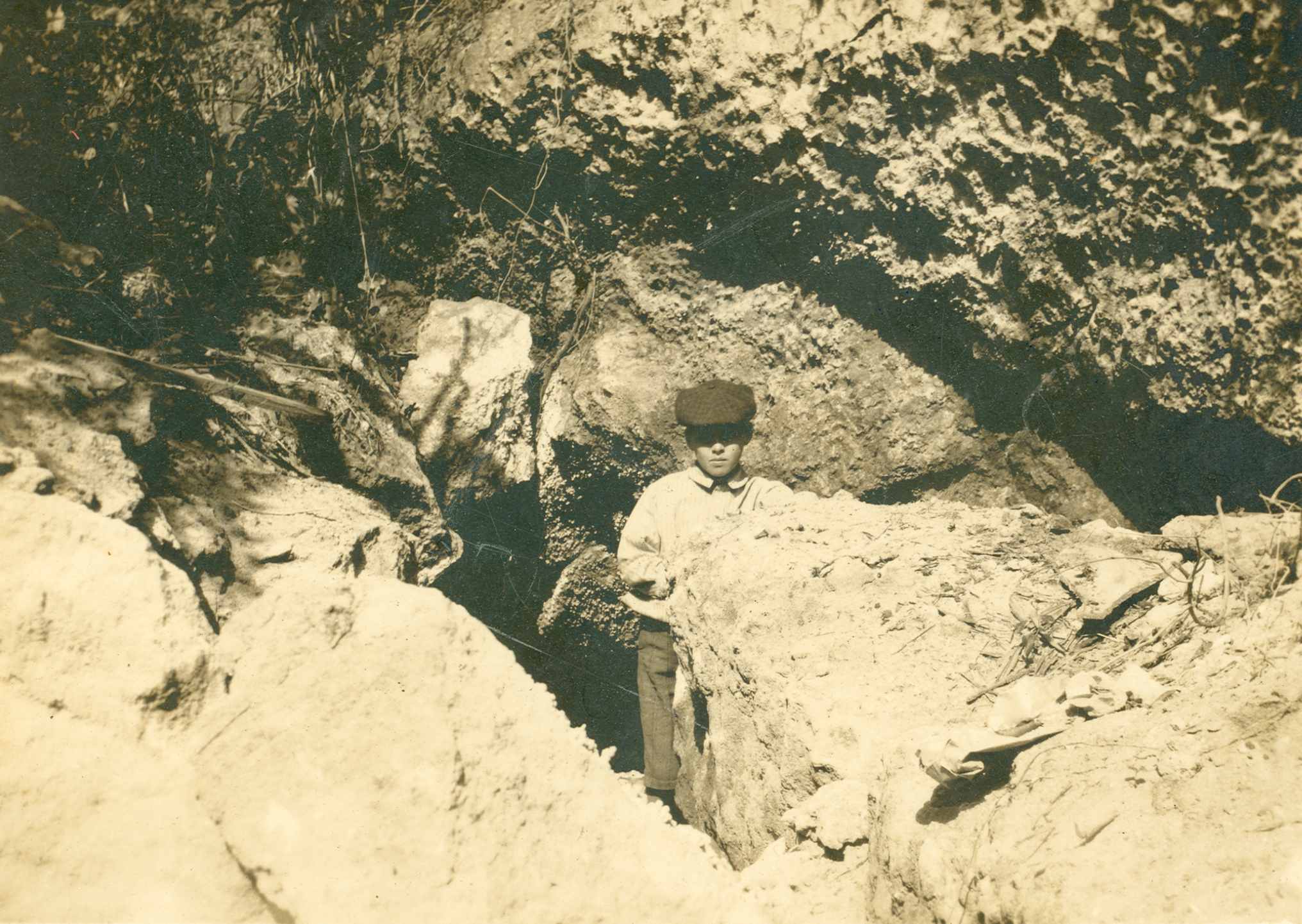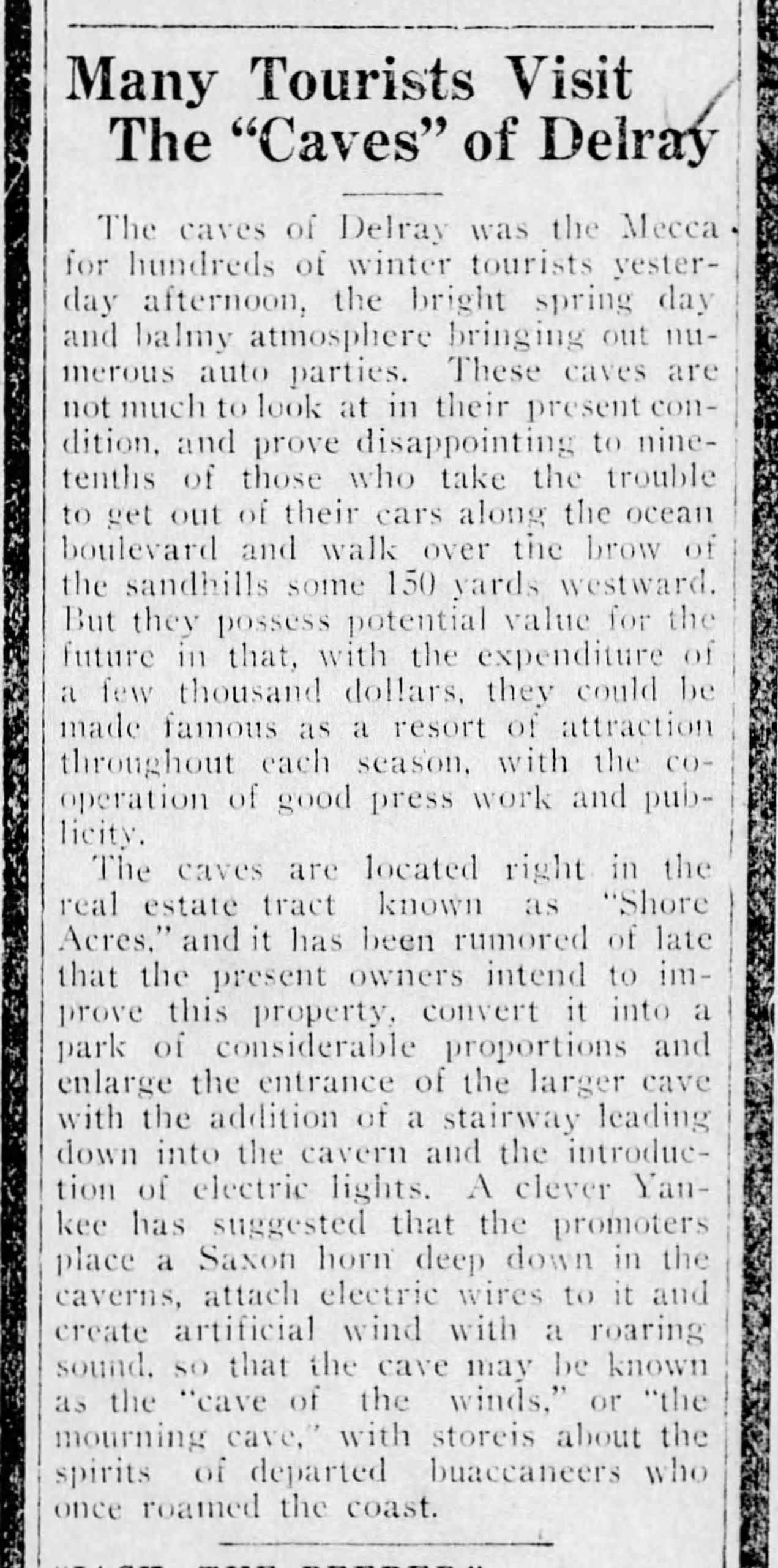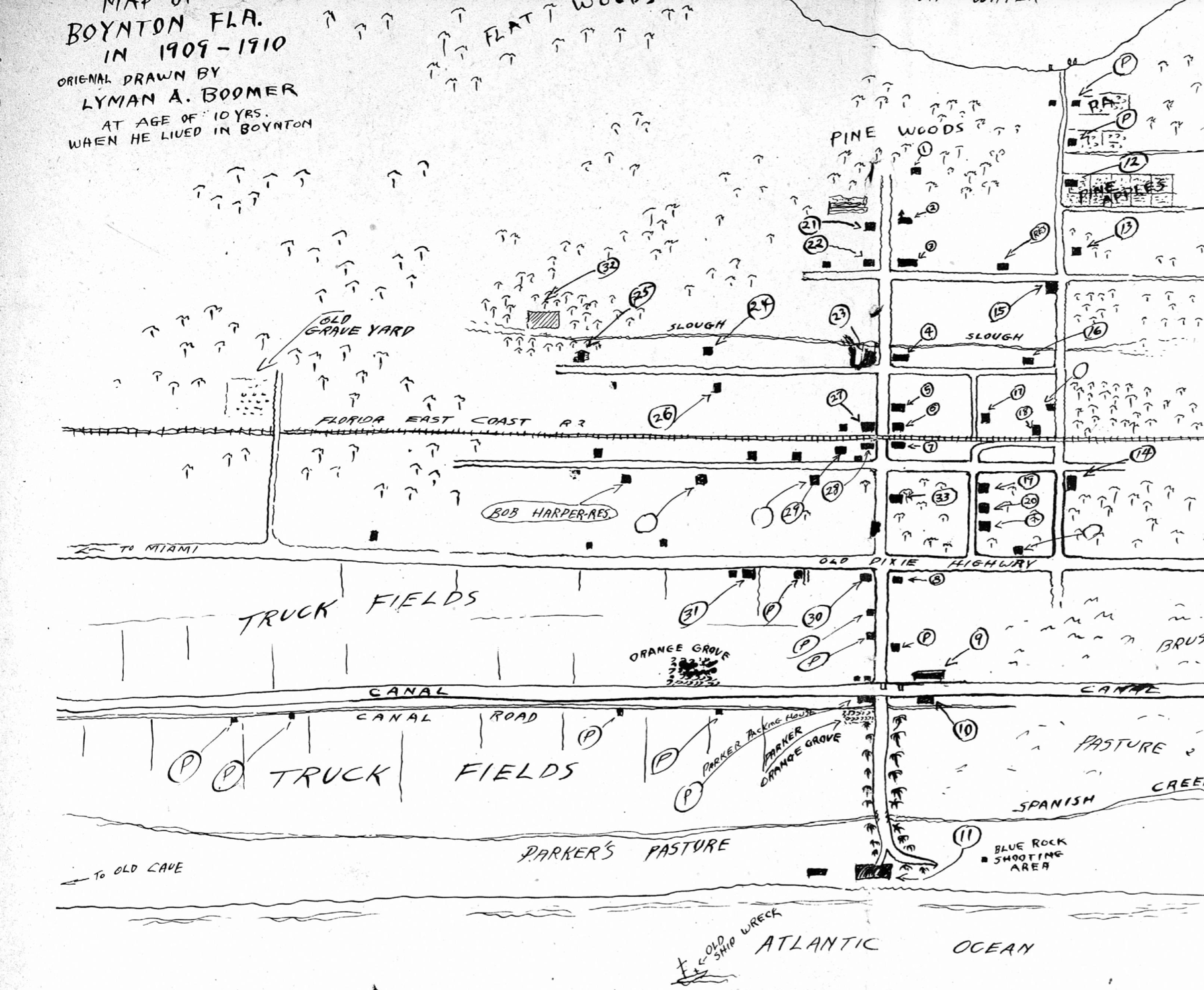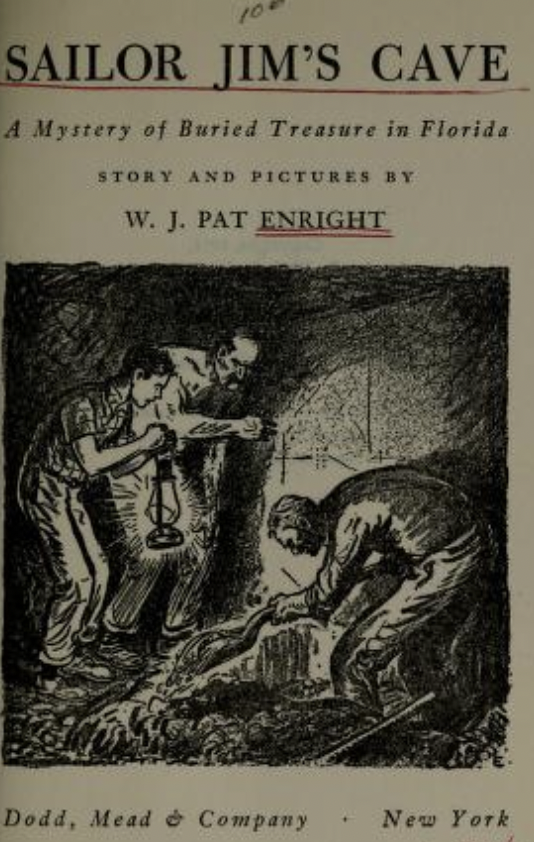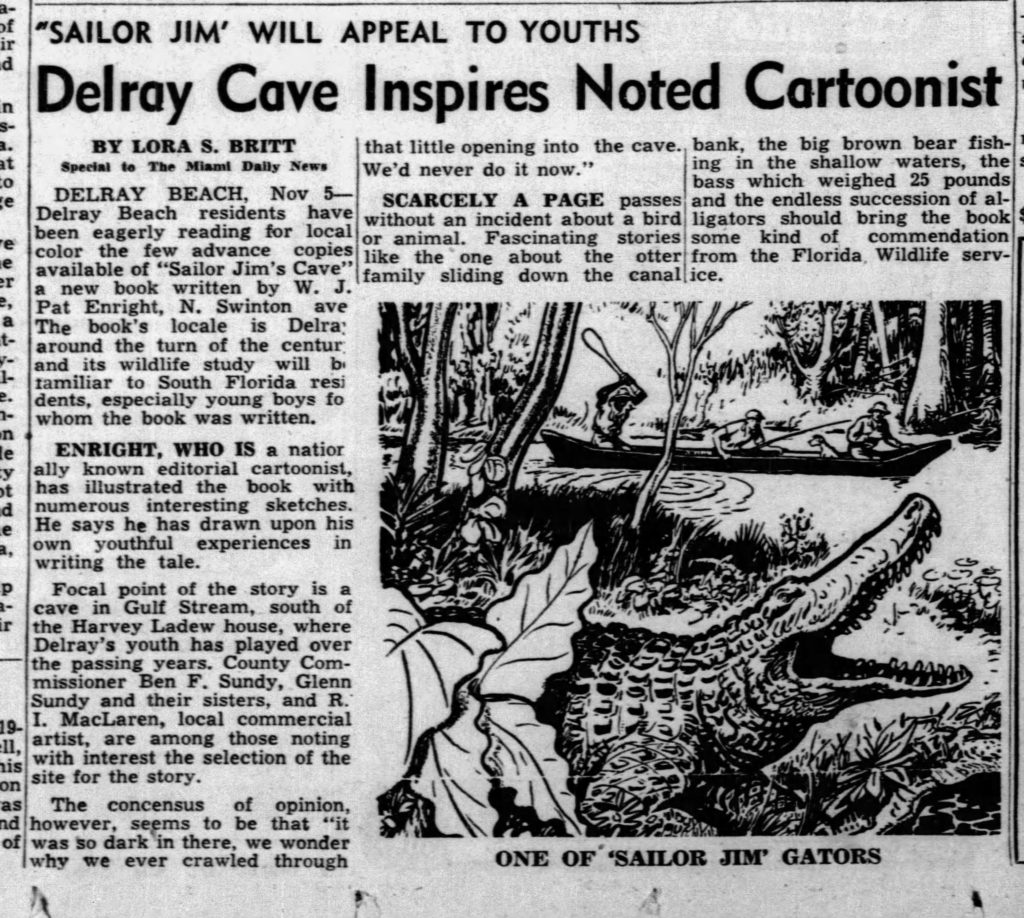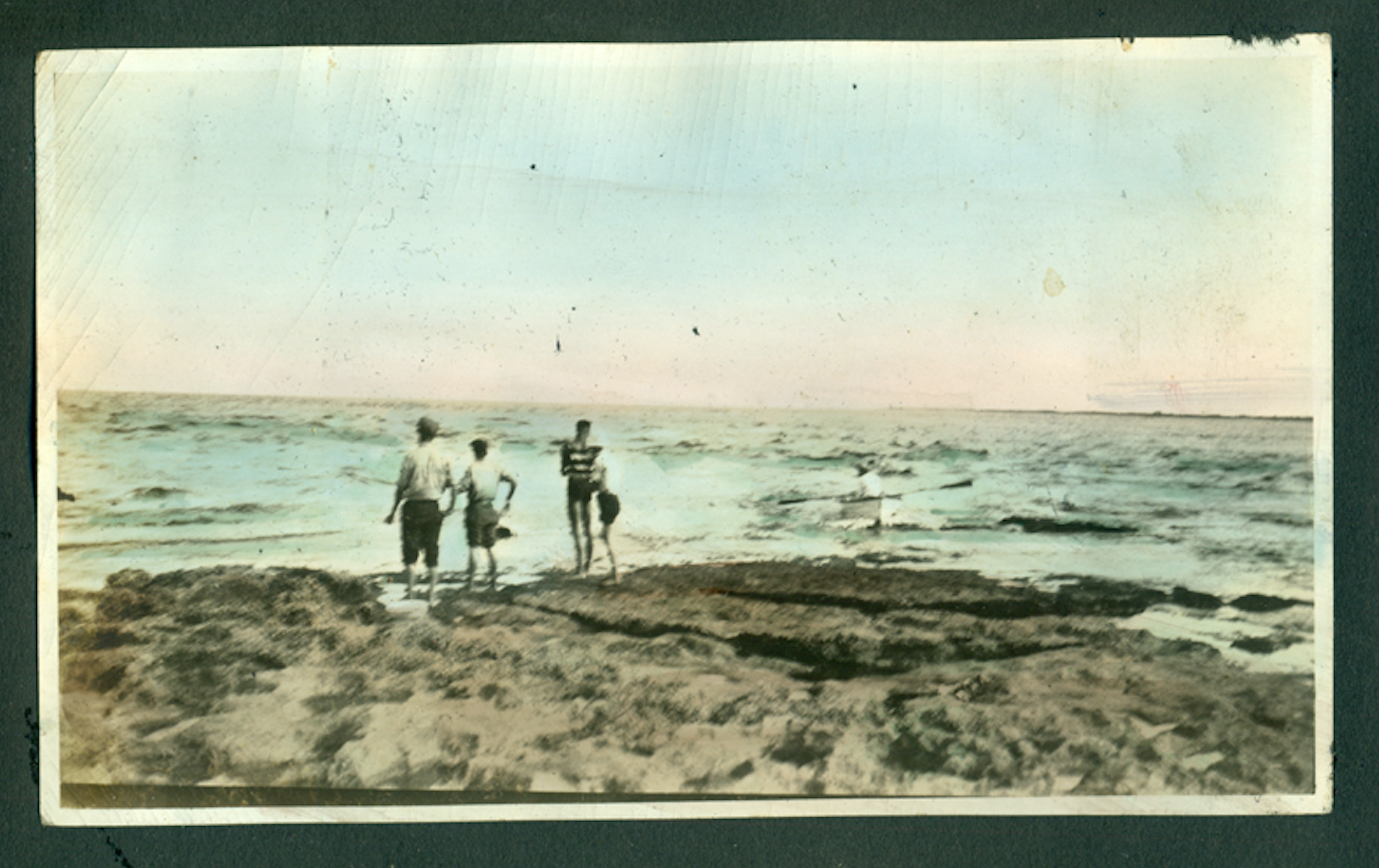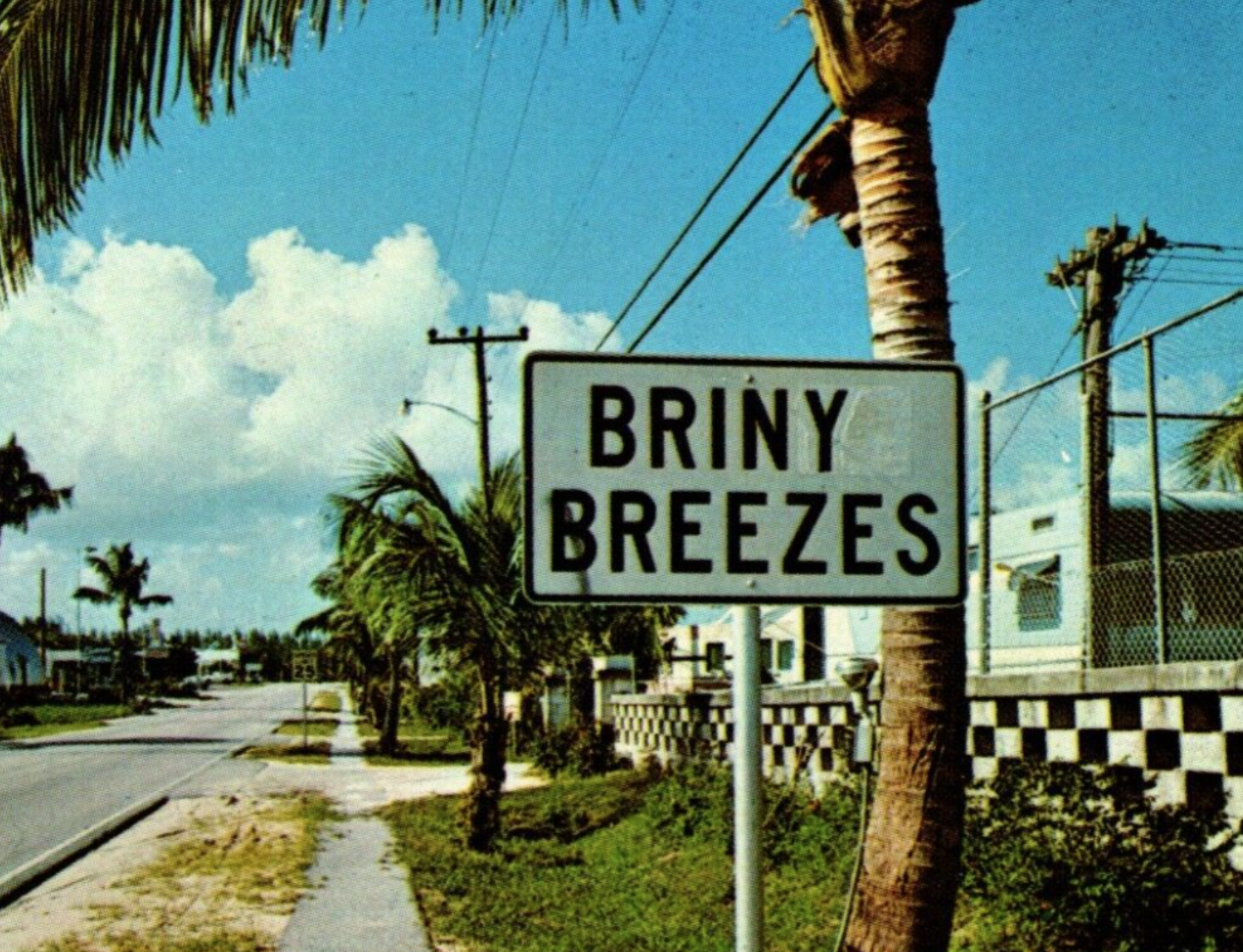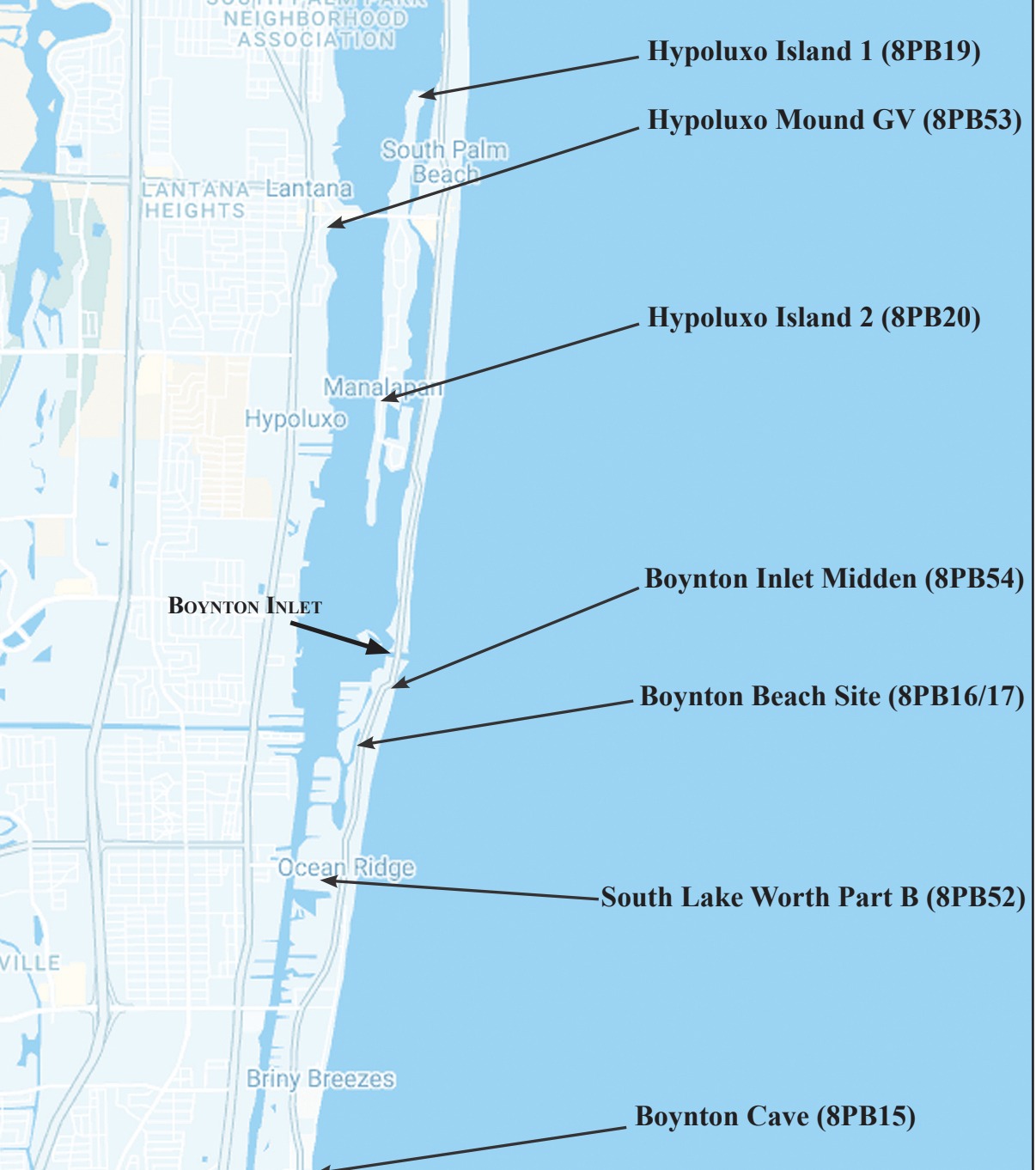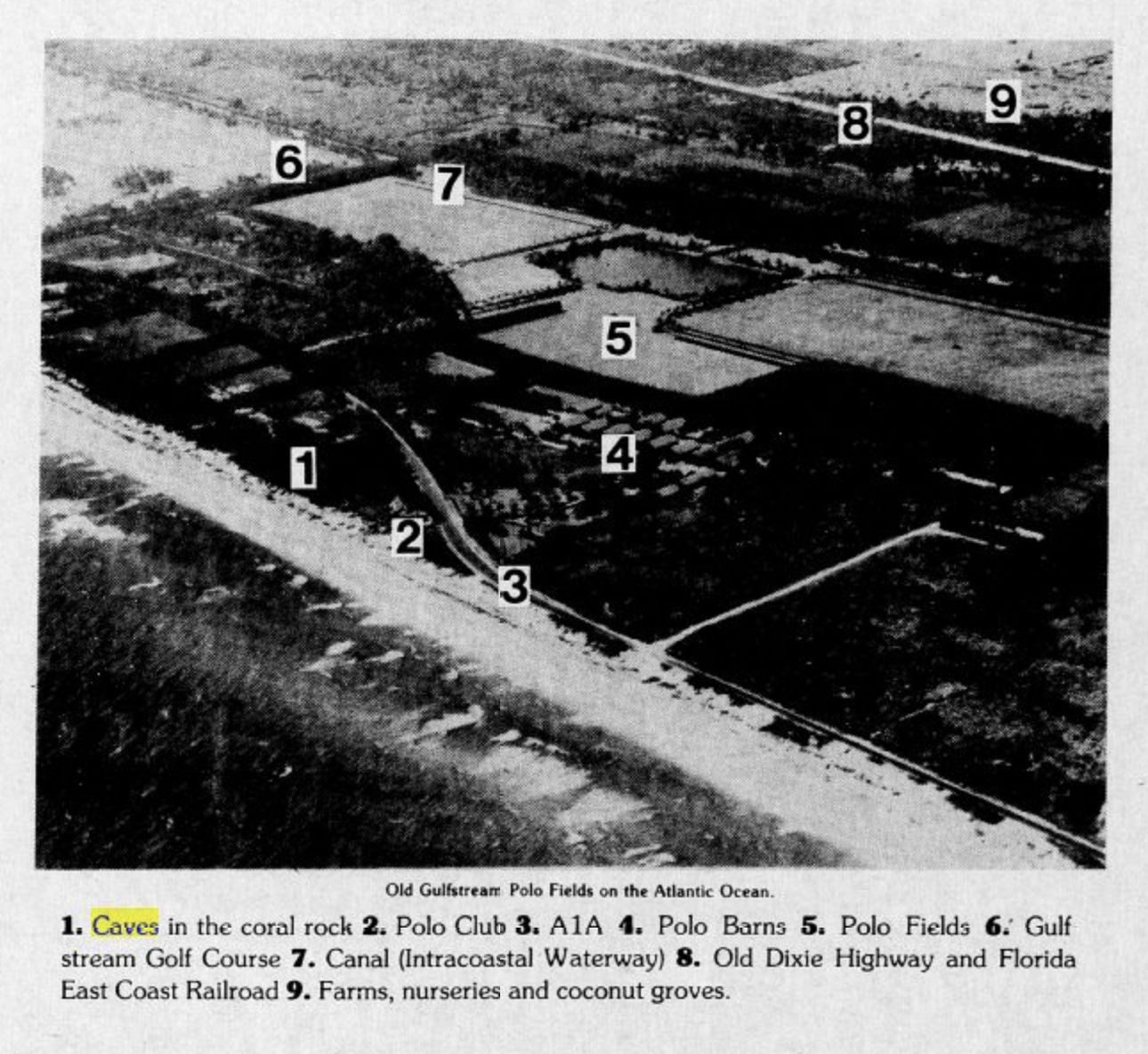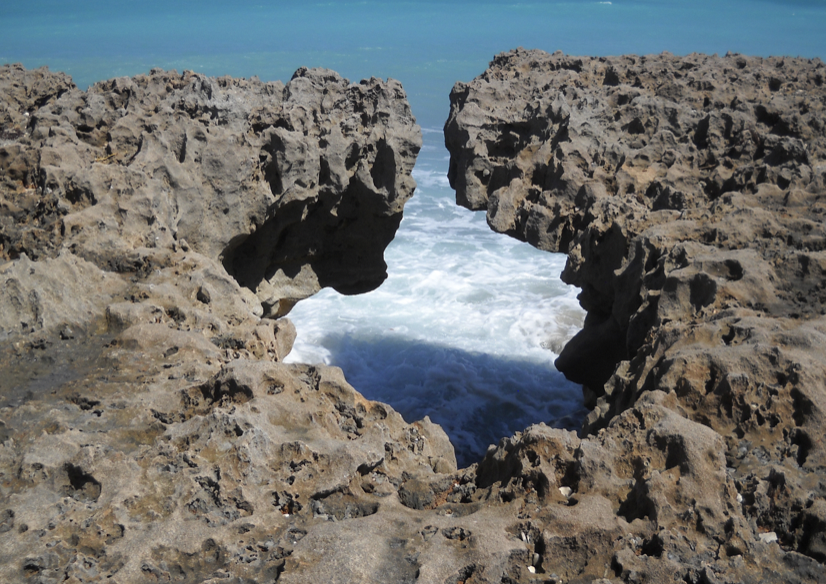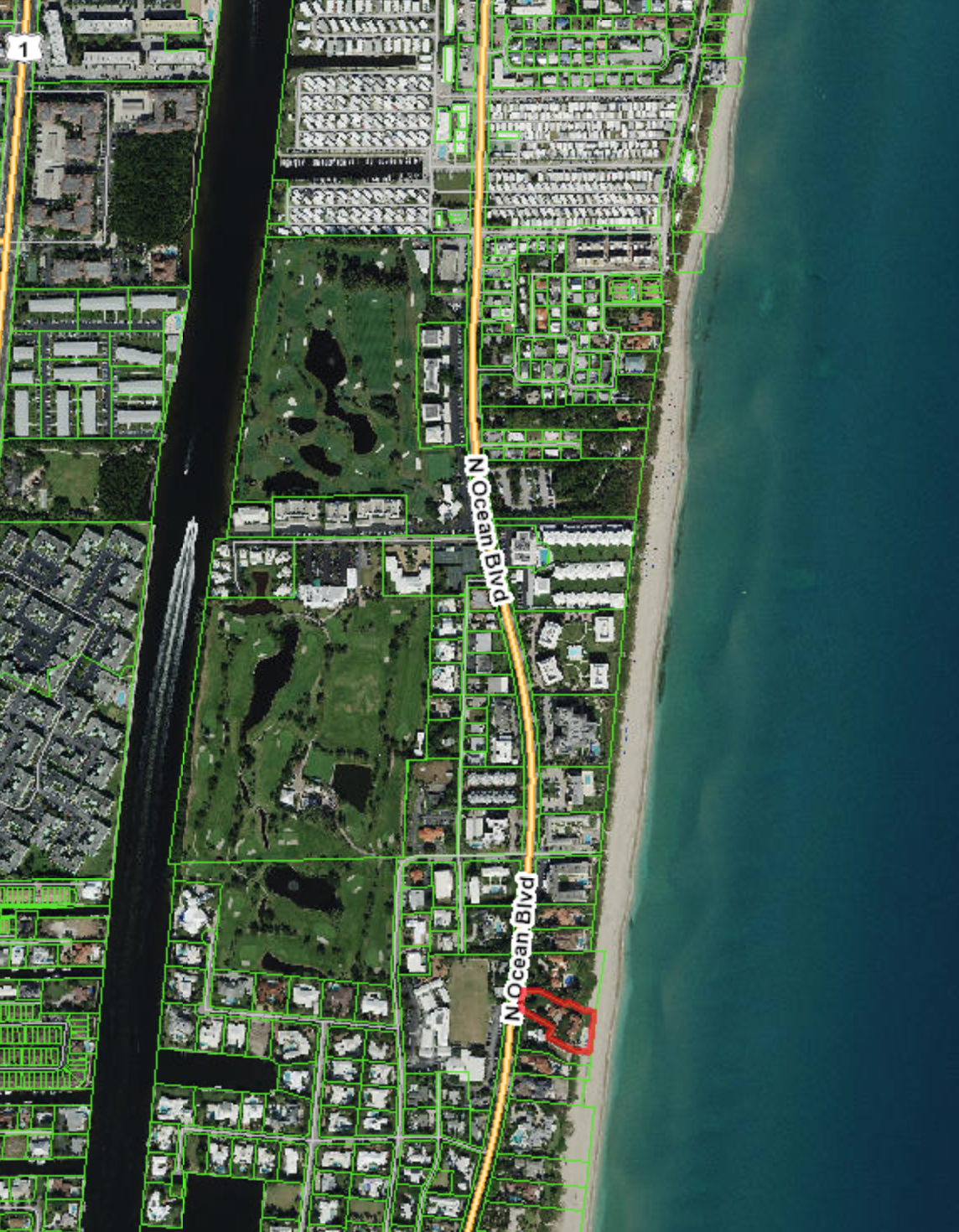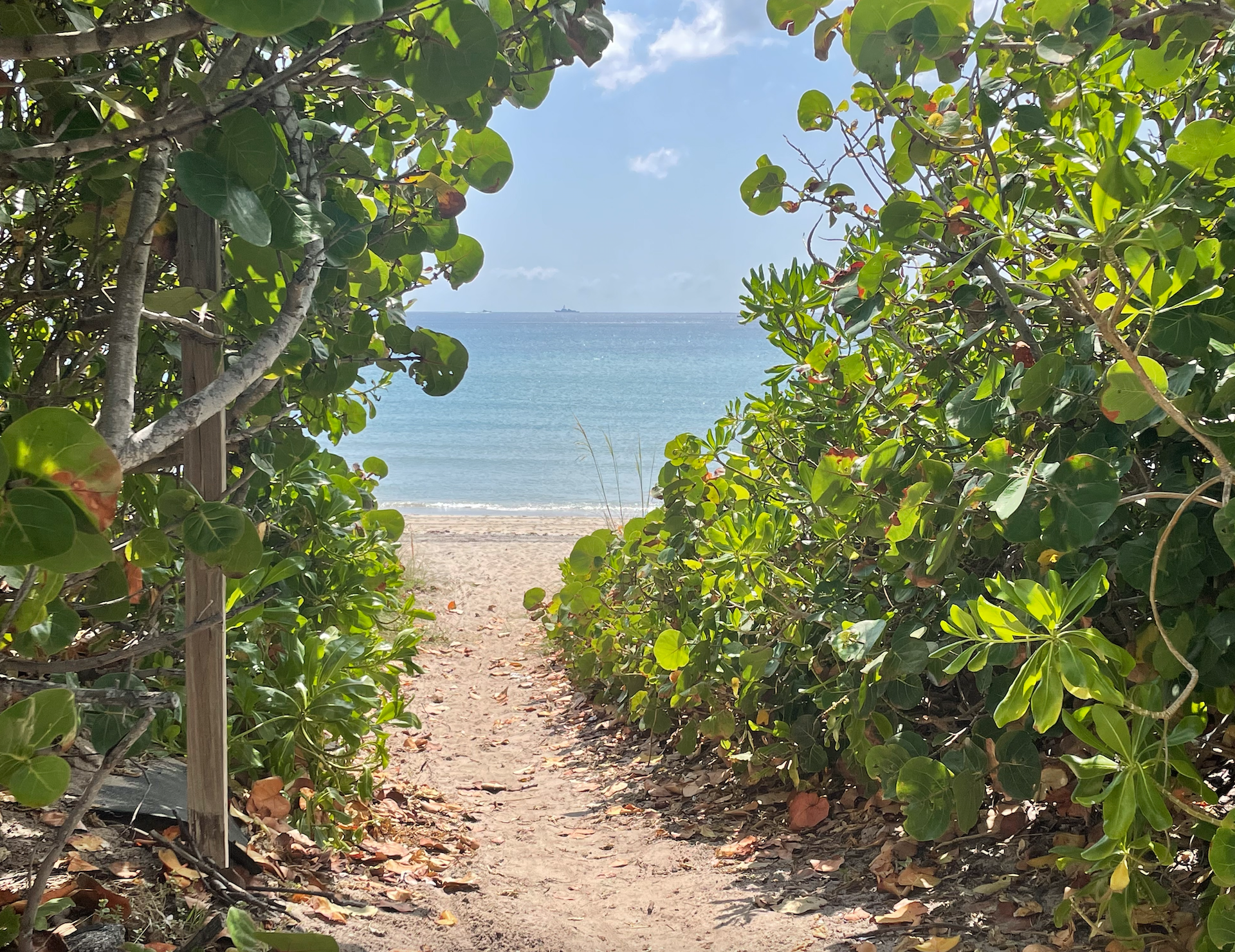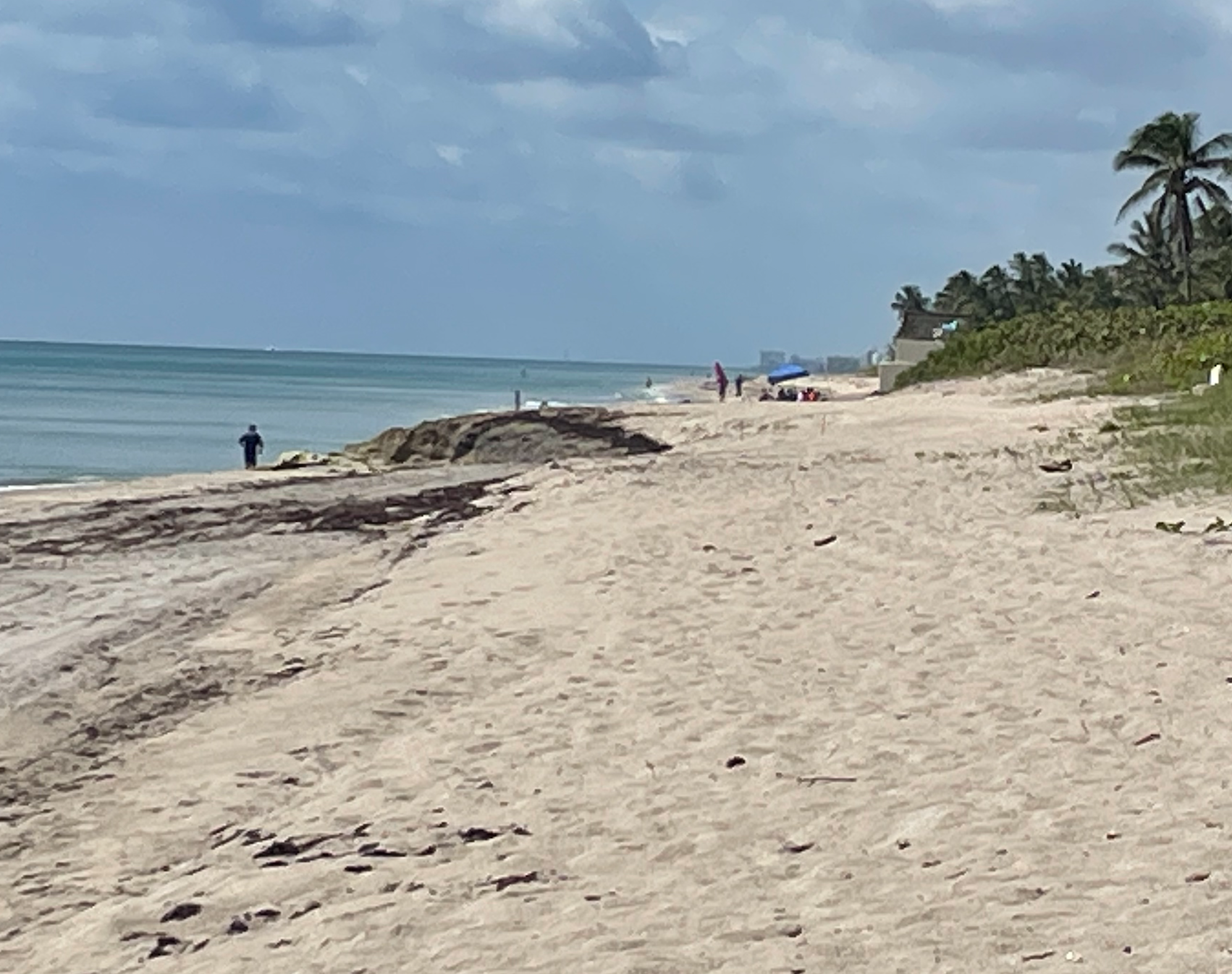Wintering in Boynton
In November 1920, Mr. and Mrs. Ward B. Miller arrived to spend the winter in Boynton. Accompanying Miller and his wife Agnes was their daughter Ruth, son Howard and his new bride, Thomasine. The elder Millers looked forward to the mild climate, and time relaxing and socializing with other winter visitors. The younger set, who were in their early twenties, were excited about ocean bathing, bonfires on the beach, and motoring to Palm Beach and Miami to see the sights.
This season was Ward Miller’s second winter in Florida, and he rented a cottage at Ocean Avenue on the Dixie Highway for his family. He was certain he could convince Agnes that Boynton was an ideal place for their winter home. Born in Indiana, Miller had worked in the lumber business in Port Huron, Michigan, the city where Maj. Nathan S. Boynton served as mayor and newspaperman.
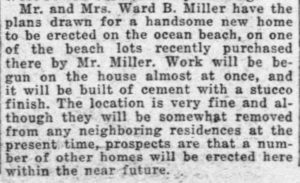
Plans are drawn for Mr. and Mrs. Ward B. Miller’s handsome new home on the ocean beach (30 Apr 1921).
Plans Drawn for “Briny Breezes”
Agnes must have found the moderate temperature and gulf stream breezes to her liking for a few months later The Palm Beach Post announced that the Ward Millers “have the plans drawn for a handsome new house to be erected on the ocean beach, on one of the lots he recently bought there. Work will be begun on the house almost at once. It will be built of cement with a stucco finish. The location is fine and although they will be somewhat removed from any neighboring residences at the present time, prospects are that a number of other homes will be erected within the near future.”
In mid-summer The Miami News reported that work had begun “on the fine home of Mr. and Mrs. Ward B. Miller on the ocean front…work is progressing nicely. Miller is building a magnificent home on his property there and will also install a large, modern dairy farm.” The fashionable two-story Miller home “Briny Breezes” was built in Spanish-style on the ocean ridge overlooking the Atlantic.
Briny Breezes Overlooking the Atlantic Ocean
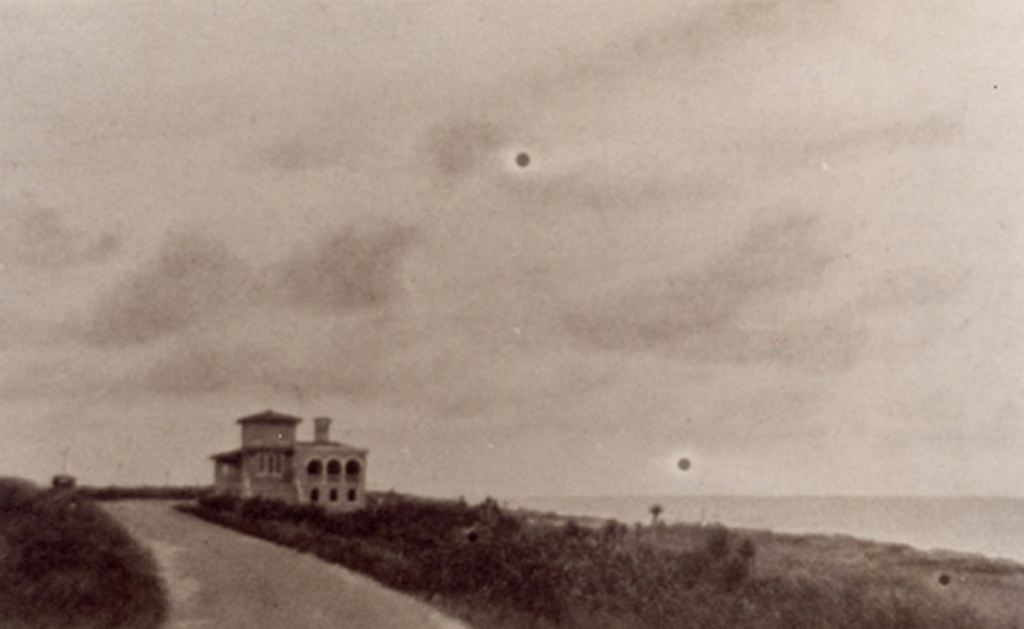
The Miller’s home “Briny Breezes.”
Incorporating the Town of Boynton
Miller kept busy about town. He used his keen business sense to help charter the Town of Boynton, serving as its first vice-mayor. He also performed many civic functions, such as starting a chamber of commerce.
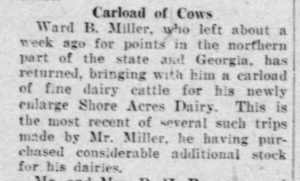
Cattle shipped to Shore Acres (20 Jul 1922, The Miami News).
Shore Acres Dairy Farm
The Miller’s property stretched from the Florida East Coast Canal (today’s Intracoastal Waterway) to the ocean. He called the dairy Shore Acres and traveled to Georgia to bring cattle back in railcars.
The dairy expanded with Miller purchasing an adjoining 25 acreage of “muck and marl” land on the east side of the canal from Boyntonite James McKay. The coastal breeze at the oceanfront dairy helped to keep the flies and ticks away from the cattle.
Miller’s dairy associate in the $23,000 enterprise, M.A. Weaver, understood the dairy business and later founded Weaver Dairies.
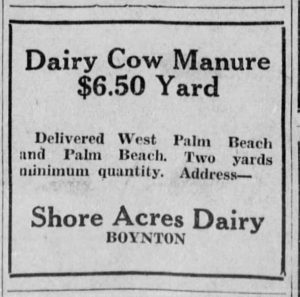
Dairy Cow Manure for Sale (27 Mar 1921, The Palm Beach Post).
Not Much to See Here (Yet)!
Whereas Palm Beach was bustling during the season and Boynton and Delray were also attracting winter visitors, the area between Boynton and Delray was located on a lonely stretch of today’s A1A.
Visitors knew they were approaching Briny both by the strong odor and the telltale three-story mansion along the ridge.
The Boynton Caves
The biggest attraction in the area at the time was the Boynton caves – a series of natural subterranean caves on the beach that attracted picnickers and served as a roadside curiosity. Motorcycle clubs from Fort Lauderdale and Palm Beach and local young people frequented the region and used the site as a rendezvous point.
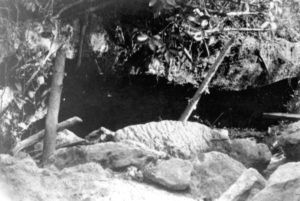
Caves located between Highway A1A and the Atlantic Ocean (State Archives of Florida)
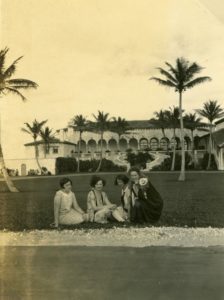
Young women from the Town of Boynton posing on the lawn of the Gulf Stream Golf Club (Image courtesy of Boynton Beach City Library Local History Archives)
Gulf Stream Golf Club
It didn’t take very long for other families to realize the tropical Florida dream and to join the Millers in what was then considered a “remote outpost.”
In late 1923 workmen completed the palatial Addison Mizner-designed Gulf Stream Golf Club south of Miller’s dairy. The impressive private club caused quite a stir with the locals, who would ride their bikes down the desolate stretch, or walk the beach southward for a glimpse of the grand building.
The Phipps brothers built mansions along the beach and started winter polo matches. Florida surged in popularity when developers began subdividing land and creating new communities appealing to northern investors and affluent people fancying buying a winter home.
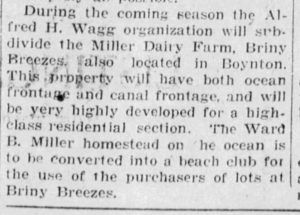
Wagg Organization (13 Sep 1925, The Palm Beach Post).
The Great Florida Land Boom
The great Florida land boom dramatically changed Florida, especially Palm Beach County, Boynton Beach, and even Miller’s Briny Breezes.
In 1925, at the height of the boom, after seeing the development frenzy and being approached by several persistent real estate developers, Miller couldn’t resist “selling the farm.”
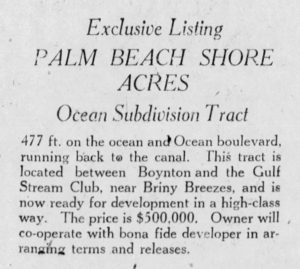
Exclusive Listing Palm Beach Shore Acres (21 Oct. 1925, The Palm Beach Post).
As he approached his 64th birthday, Miller agreed to the Alfred Wagg Corporation subdividing his dairy lands into a new development called “Shore Acres.”
Wagg’s company quickly listed Palm Beach Shore Acres for a half million dollars.
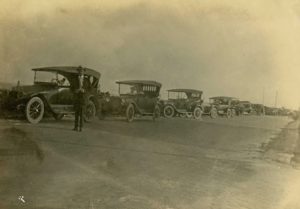
Prospective buyers line up to purchase lot’s in Alfred Wagg’s new boom time subdivision Briny Breezes at Shore Acres
The Miller’s then joined the other dreamers and schemers and their sometimes-unscrupulous salesmen who peddled property unseen and weren’t inclined to record every transaction.
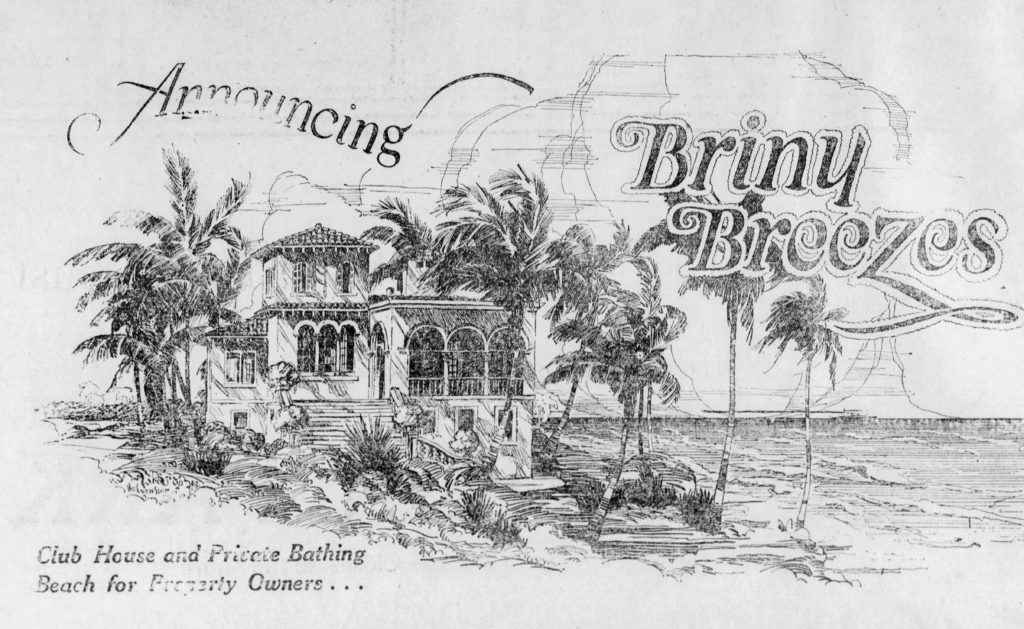
Announcing Briny Breezes (14 Oct 1925, the Palm Beach Post).
Cashing In
Meanwhile, Ward Miller invested in real estate in Boynton and northward into West Palm Beach. He purchased interests in lots in Northwood, Grandview Heights, and the Flamingo Park area. Across Florida, land swapped hands freely, routinely without proper title searches conducted or deeds issued.
The “Big Bubble”
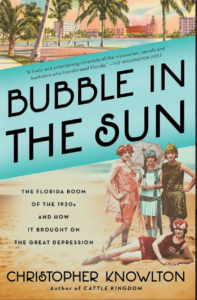
Bubble in the Sun by Christopher Knowlton
Mid-year into 1926, the land boom bubble deflated.
Modern historians like Christopher Knowlton, author of “Bubble in the Sun: The Florida Boom of the 1920s and how it brought on the Great Depression” quoted a contemporary who described the land grab frenzy stagnation, stating “We just ran out of suckers.”
Hurricanes
Severe weather patterns extinguished any romantic dreams for investors.
In a now familiar tale, the wrath caused by the twin hurricanes of 1926 was finalized with the killer 1928 hurricane. Its devastation extinguished the land development schemes. Supply chain issues in the Port of Miami thwarted materials delivery and potential investors realized that their pipe dreams were a grand illusion.
Run on the Banks
The First Bank of Boynton, established only a few years earlier, closed in 1929 and did not re-open again until the 1940s as it took that long for financial recovery in Boynton.
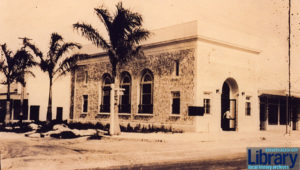
“Bank building, 1927,” Boynton Beach City Library Local History Archives,
The Great Depression
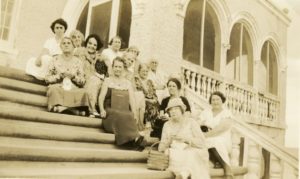
Boynton Needlecraft Club at Briny Breezes, 1932, Boynton Beach City Library Local History Archives
The depression hit hard. The people who stayed in the area had to work hard and trade with neighbors just to survive. Agnes and other local women shared afternoons sewing clothing, gifts and home accessories.
Boynton Needlecraft Club at Briny Breezes, 1932, Clara Topleman, Jennie B. Jones, Rena Powell, Alice Knuth, Clara White, Agnes Miller, Minnie Paulle, Emily Atwater, Harriet Seegitz andClara Shepperd (Courtesy of the Boynton Beach City Library Local History Archives)
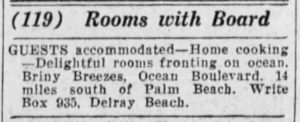
Rooms for Rent (The Palm Beach Post)
Ward and Agnes Miller were involved in several land-related court cases and were on the delinquent tax list. They devised ways to supplement their income and retain hold of their coveted oceanfront land. They rented out rooms in their beautiful home. They purchased strawberry plants to raise and to sell to visitors traveling down the ocean boulevard.

Miller’s buying strawberry plants in Plant City (5 Nov 1931, The Palm Beach Post).

(12 Oct. 1934, The Miami Herald
Briny Breezes Trailer Camp
During this financial depression the Miller family decided to lease lots to annual visitors and established the Briny Breezes Trailer Camp. There’s more to the story, but that’s a more familiar one and will make a good future blog.
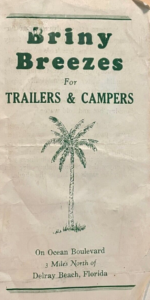
Briny Breezes for Trailers & Campers
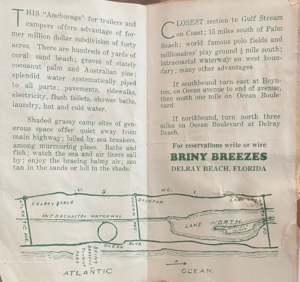
1930s Brochure for Briny Breezes




